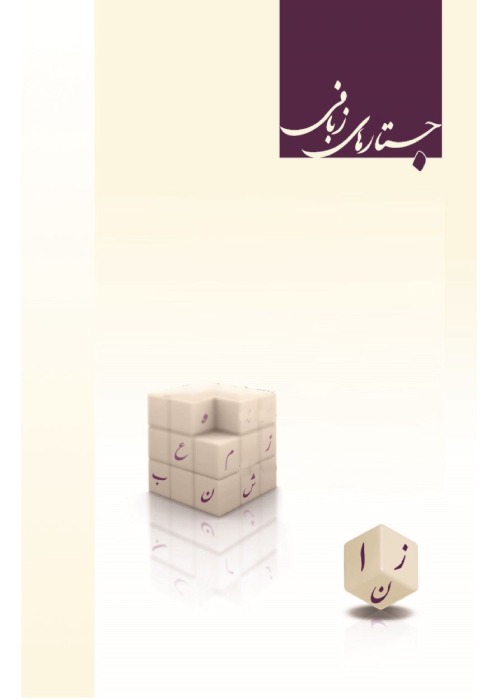Typology of Material Clauses in Persian
In systemic functional typology, which studies the systems of languages rather than the whole languages, linguists strive towards empirical generalizations that in principle apply to all languages around the world. In line with the above-mentioned goal of systemic functional typology and having examined the ideational (logical and experiential), interpersonal, and textual systems of the ‘clause grammar’ of different and various languages, Matthiessen (2004) has achieved a series of typological generalizations/universals. In connection with his proposed typological generalizations, Matthiessen (2004) has argued that they can be applied in the description of any language and in the attempt to expand the typological explanations in the framework of systemic functional grammar as well. However, he has immediately stated that “It is not yet possible to propose a generalized map; but we have to move in that direction.”
In line with Matthiessen’s claim mentioned above, the present paper has attempted to describe ʿmaterial clauses҆ in Persian within the system of PROCESS TYPE. This research has been conducted in terms of the following typological parameters concerning material clauses: (1) the number of participants involved in a material process clause (2) strategies for bringing in extra participants (3) the nature of Actor, (4) case marking, and (5) strategies for construing the transfer of possession and dispossession.
Studying typological behaviors of Persian ʿmaterial clauses҆ in the framework of Matthiessen (2004)’s typological generalizations shows that in Persian (1) as in English, beside the two inherent participants of Actor and Goal, other participants, i.e. Recipient/Client, Initiator, Scope, and Attribute, are involved in the realization of the material process, (2) as in English but unlike languages such as German and Japanese, the inherent participant of Actor is widespread, (3) each of the above-mentioned extra participants is somehow added to a material clause. For instance, the Initiator is added to a material clause via causativization, (4) as in German, the case marking of material participants is fairly straightforward, and (5) as in English, the transfer of possession is construed differently from the dispossession. These results indicate that all Matthiessen (2004)’s generalizations concerning material clauses can be utilized in the description of Persian material clauses.
In the end, it is suggested that the typological behaviors of the material clauses of other languages spoken in Iran be identified and introduced in the aforementioned framework.
- حق عضویت دریافتی صرف حمایت از نشریات عضو و نگهداری، تکمیل و توسعه مگیران میشود.
- پرداخت حق اشتراک و دانلود مقالات اجازه بازنشر آن در سایر رسانههای چاپی و دیجیتال را به کاربر نمیدهد.


